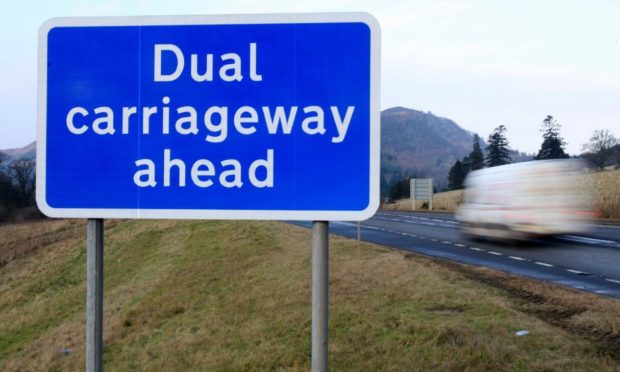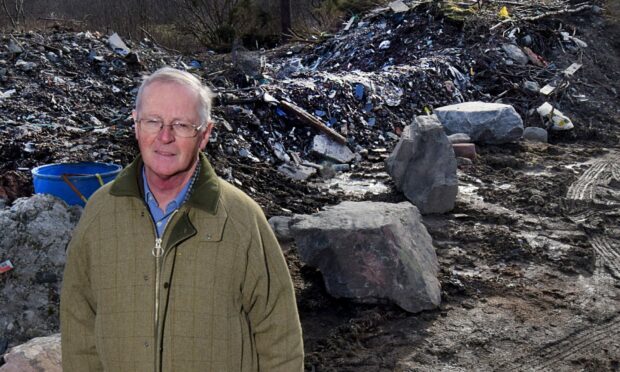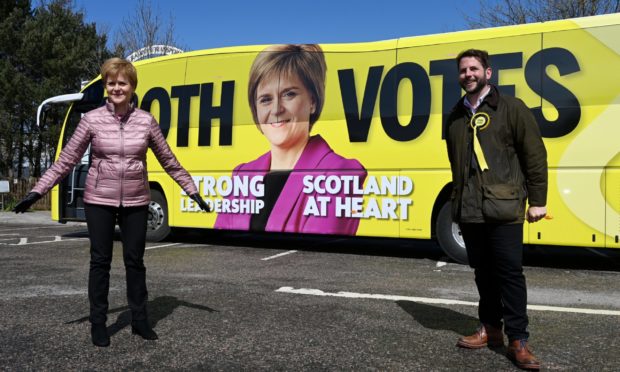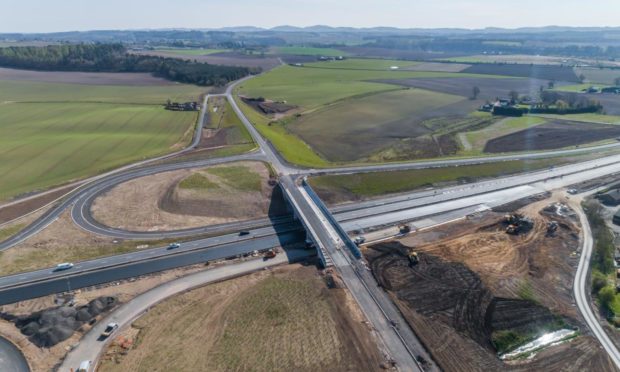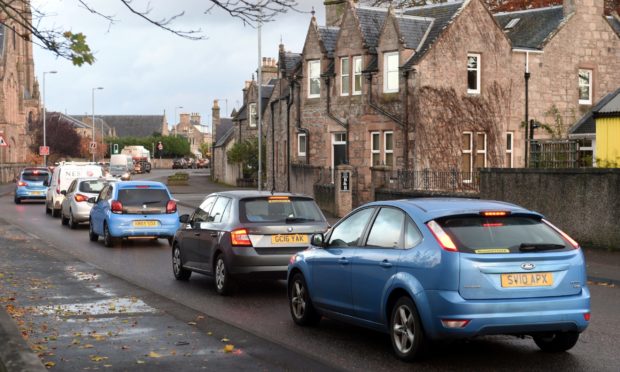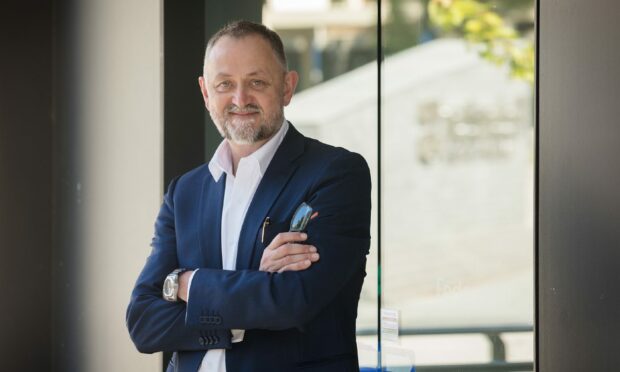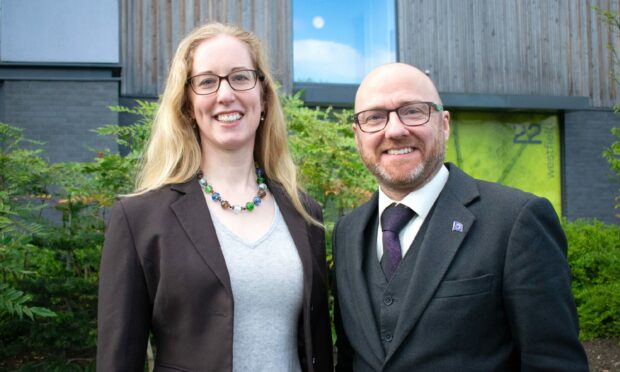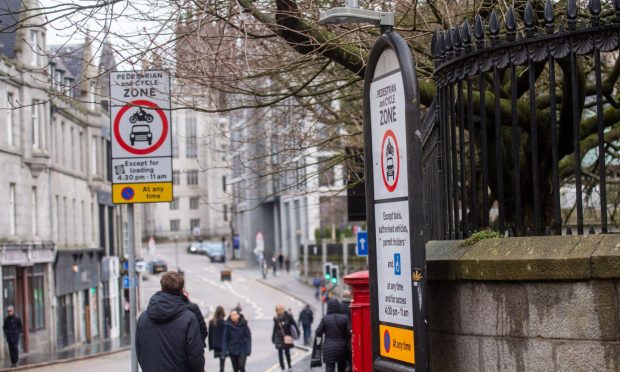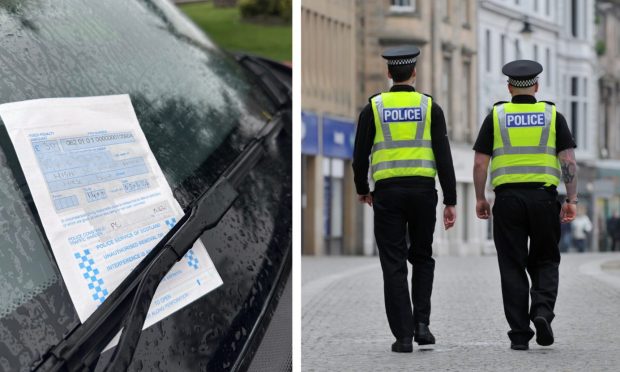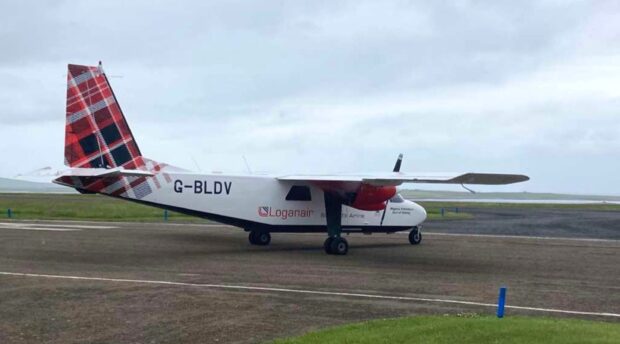Civic leaders have joined forces with senior figures from the NHS and academia to demand the Scottish Government does not abandon its promises to dual the A9 and A96.
They have come together to issue an “urgent appeal” to ministers, insisting the road upgrades continue in order to help achieve a “level playing field” between the north of Scotland and the central belt, after years of underinvestment in key infrastructure.
And the group criticised “scaremongering” about the impact of the multibillion-pound dualling projects on traffic levels, branding it “totally baseless” to assume emissions would rise, given the growing use of electric cars and hydrogen-powered heavy vehicles.
The strongly-worded intervention follows our report last week about the hope, expressed by sustainable transport campaigners, that new road-building schemes could be abandoned under the proposed SNP-Green power-sharing pact at Holyrood.
Concerns have also been raised recently about the government’s commitment to dualling the A9 and A96, amid questions about the financing model and timetable.
In a joint statement, issued on Monday, several senior public sector representatives moved to emphasise the importance of both projects, and insist that they be delivered.
Allan Henderson, chair of regional transport partnership Hi-Trans, said: “Historically, Highland has been provided with little in terms of roads investment, and we’re always told it’s due to finance constraints.
“We must now ensure these roads are delivered here in Highland and we do not need other barriers being placed be in the way.
“I am all for greening and climate change mitigation, but we can only do that with a level playing field, which includes the continuing dualling of the A9 and A96.”
The A9 dualling project between Inverness and Perth had a target completion date of 2025, while the A96 upgrade from the Highland capital to Aberdeen was supposed to be finished by 2030.
However, First Minister Nicola Sturgeon has admitted that the pandemic has had an impact on the timetable.
Highland Council convener Bill Lobban said reassurances were needed, given the importance of the two schemes to region’s recovery from the coronavirus crisis.
“The vastly improved connectivity provided by the dualling of the A9 and A96 and substantial improvements of the A82 will ensure the post pandemic economic recovery of the whole Highlands,” he said.
“The Highlands are remote from the rest of the country so we need to be better connected.
“Scaremongering about the effects of additional traffic are totally baseless especially given that by the time the A9 is dualled, sometime next decade, we will be seeing hydrogen powered heavy vehicles and predominately electric cars.”
Scaremongering about the effects of additional traffic are totally baseless especially given that by the time the A9 is dualled, sometime next decade, we will be seeing hydrogen powered heavy vehicles and predominately electric cars.”
Trish Robertson, chairwoman of Highland Council’s economy and infrastructure committee, said it was not realistic to suggest the north could rely on rail, in the way other areas might be able to.
“Trains can be unreliable in the winter months, and our rail infrastructure is limited, so over reliance on this form of transport would be an impossible and irresponsible proposition. We need to build our connectivity, not hamper it,” she said.
Ministers have said a new procurement strategy is currently being drawn up to ensure the A9 upgrade can be delivered “efficiently and within budget”.
The first of 11 sections of A9 dualling, between Kincraig and Dalraddy, opened in 2017, with work on the second part between Luncarty and Pass of Birnam expected to be completed in winter this year.
Earlier this year, it was announced that a new link road around Nairn has been approved as part of the A96 revamp.
However, the Scottish Government’s latest infrastructure investment plan envisages just £20m of the £3bn A96 project being spent between now and 2025/26.
Dr Tim Allison, NHS Highland’s director of public health, also supported the message of unity from local government chiefs in the region.
“Increased connectivity across Highland is extremely important and the development of transport links will bring many benefits to the area,” he said.
“It is vital that we develop sustainable transport links, including active travel and public transport, to enable quicker and safer travel between Highland and the rest of Scotland.”
Professor Todd Walker, principal and vice-chancellor of the University of the Highlands and Islands, said a balance must be struck when investing in infrastructure.
“Our communities need a sustainable transport network which balances environmental, economic and social needs and the future development of our regional economy relies on that,” he said.
“We also require that network to allow our staff and students travel to and from local campuses, across our operating area and further afield.
“This will naturally include a range of transport options including rail, road, ferries and electric cars with the infrastructure to support it.
“We need to get this balance right.”
A Scottish Government spokesman said: “Positive discussions between the Scottish Government and the Scottish Green Party on a potential co-operation agreement are ongoing. A further update will be provided to parliament after recess.”
A Transport Scotsman spokesman said: “The Sustainable Investment Hierarchy, as set out Scotland’s National Transport Strategy, is clear that we will not build infrastructure to cater for forecasts of unconstrained increases in traffic volumes.
“This approach is embedded in the second Strategic Transport Projects Review (STPR2), which is in progress and due to report later this year, will consider how the impact of the COVID-19 pandemic may shape our future transport system, the demands placed on it, as well as identifying transport interventions which help deliver our commitment to create an inclusive and net zero emissions economy.
“The publication of our STPR2 Phase 1 recommendations in February clearly set out our ambitions to maintain and make best use of our existing transport assets over building new infrastructure.
“All major projects within the Scottish Government’s transport portfolio are subject to significant assessment work to ensure we deliver the right schemes and minimise impacts on the environment. We need to balance the extensive changes required to meet a target of net-zero greenhouse gas emissions with our duty to ensure that Scotland has high quality infrastructure to meet the needs of all our residents, businesses and visitors.”
